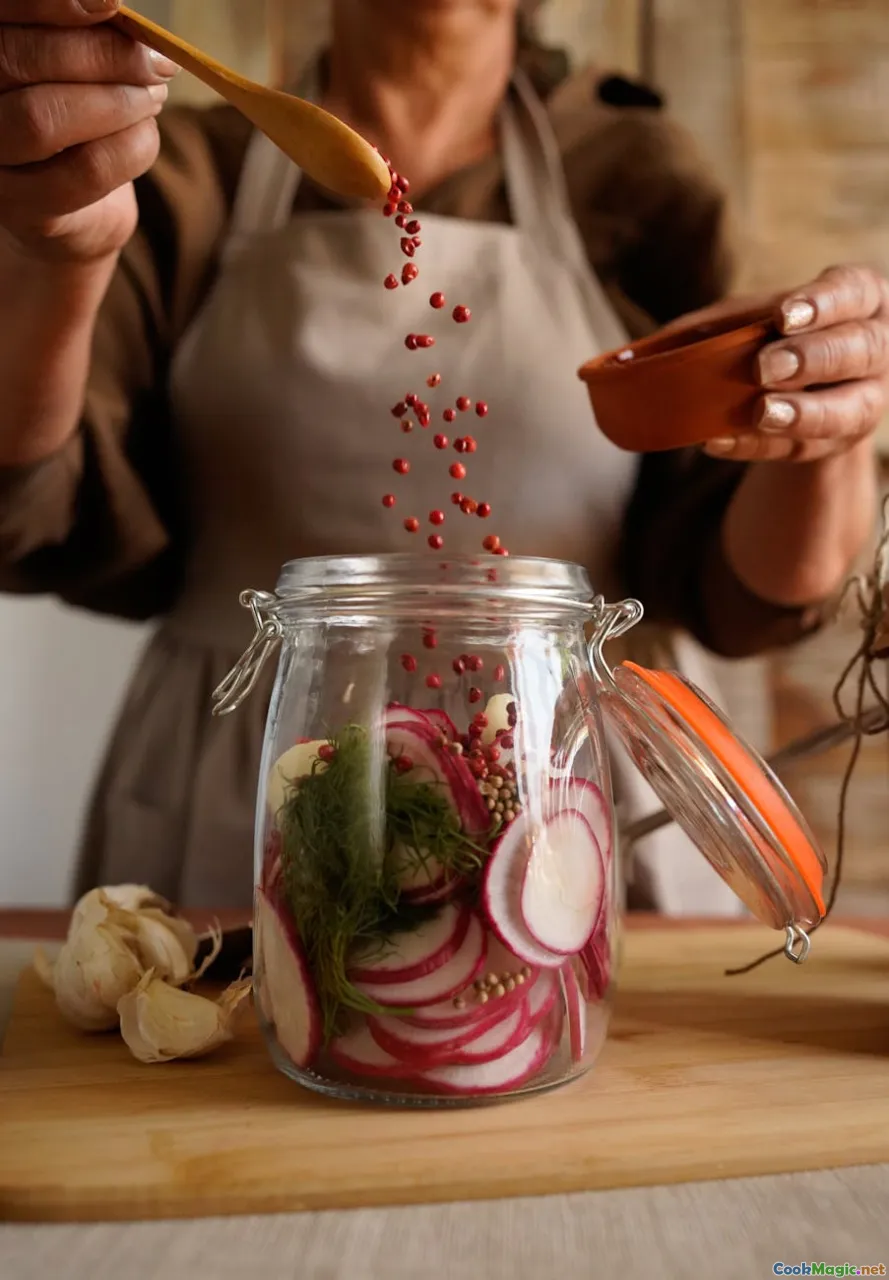Single Origin Spices Elevate Fine Dining Experience
8 min read Discover how single origin spices transform fine dining, elevating dishes with unmatched depth, authenticity, and sensory delight. May 11, 2025 21:00
Single Origin Spices Elevate Fine Dining Experience
Imagine stepping into a dimly lit, sophisticated restaurant where every dish whispers tales of distant lands, centuries-old traditions, and nature’s purest offerings. The air is infused with an intoxicating aroma—rich, complex, and inviting. This is the power of single origin spices—a culinary trend that is revolutionizing fine dining by infusing dishes with unmatched depth, authenticity, and sensory richness.
The Rise of Single Origin Spices in Modern Cuisine
In the world of gastronomy, the pursuit of authenticity and complexity has become a defining trait of haute cuisine. Chefs are no longer content with generic blends; they seek spices that carry a story, a geographical identity, and a unique flavor profile. Single origin spices—harvested from a specific region, farm, or even a single plantation—offer this level of specificity.
This movement aligns with a broader culinary desire: to connect diners to the land, to history, and to the artisans behind each ingredient. As consumers become more discerning and eager for genuine experiences, the spotlight has shifted onto these pure, unadulterated spices.
Cultural and Historical Significance of Single Origin Spices
Throughout history, spices have been catalysts of trade, cultural exchange, and exploration. The Silk Road, the Spice Route, and colonial trade routes carried rare and exotic seasonings across continents, shaping cuisines and economies.
Today, single origin spices trace back to those ancient pathways, offering a direct link to a specific terroir. For example, Sichuan peppercorns from China, known for their citrusy, numbing quality, or Sumatra’s native turmeric, with its earthy, pungent aroma, carry the essence of their homeland.
Chefs leverage this rich heritage to craft dishes that are not only flavorful but also immersive stories, evoking a sense of place and time.
The Sensory Experience: Taste, Smell, and Visual Appeal
When using single origin spices, the sensory journey begins long before the first bite. The visual aspect is striking—vivid reds of Ethiopian paprika, glossy black Malabar peppercorns, or the golden hue of Madagascar vanilla beans.
The aromais intensely evocative, often more complex than mass-produced counterparts. A pinch ofTajik saffron releases a floral, honeyed scent that instantly transports you to the arid highlands of Central Asia.
On the palate, these spices deliver layers of flavor—sometimes spicy and fiery, other times sweet and floral, or deeply earthy. Their purity allows chefs to craft nuanced profiles, balancing heat, aroma, and umami with precision.
How Single Origin Spices Enhance Fine Dining Dishes
1. Depth and Complexity
Unlike blended spices, single origin varieties provide a pure, unadulterated flavor. For instance, a saffron from Kashmir has a different aroma and taste than one from Spain, allowing chefs to tailor dishes with pinpoint accuracy.
2. Authenticity and Storytelling
Diners today crave authenticity. Serving a dish seasoned with Madagascar vanillaorEthiopian berbere adds a storytelling element that elevates the dining experience.
3. Unique Pairings
The specific flavor profiles of single origin spices enable innovative pairings. A delicate white fish might be enhanced with Sumatra’s white pepper, providing a subtle heat that complements its freshness.
4. Visual Appeal
Vibrant spices like Indian saffronorPeruvian aji amarillo add color to dishes, making presentations more striking and appetizing.
Practical Applications in Fine Dining
Crafting Signature Dishes
Chefs are experimenting with single origin spices to create signature dishes that stand out. Imagine a Moroccan tagineseasoned withZanzibar cloves, or a Japanese miso glazeenhanced byOkinawan turmeric.
Infusions and Reductions
Infusing oils, vinegars, or broths with specific spices imparts layers of flavor that can’t be replicated with blends. A Tanzania vanilla bean infusion can elevate a dessert or cocktail.
Pairing with Wines and Beverages
The aromatic qualities of single origin spices also open new avenues for pairing with wines, spirits, and non-alcoholic beverages, creating harmonious culinary experiences.
Personal Insights and Experiences
Having traveled extensively, I’ve tasted single origin spices from remote villages to bustling spice markets. Each encounter deepened my appreciation for their unique qualities. One memorable experience was a saffron harvest in Kashmir, where the scent of the saffron fields at dawn left an indelible mark.
In my own culinary practice, sourcing high-quality, single origin spices has transformed my dishes. The difference is palpable—not only in flavor but in the connection I feel to the ingredients and the stories they tell.
The Future of Single Origin Spices in Fine Dining
As global cuisine continues to evolve, the emphasis on transparency, quality, and storytelling will only grow. Chefs and food artisans are increasingly seeking out single origin spices to create dishes that are authentic, sustainable, and deeply rooted in tradition.
Moreover, technological advances in traceability and sustainable farming practices promise a future where these spices are not only more accessible but also ethically sourced.
Conclusion
Single origin spices are more than just ingredients—they are gateways to history, culture, and sensory delight. In the realm of fine dining, they elevate dishes from mere sustenance to immersive experiences. For chefs and food enthusiasts alike, embracing these pure, geographically specific spices means unlocking new dimensions of flavor, authenticity, and storytelling.
So next time you savor a carefully crafted dish, consider the journey of its spices—where they come from, the land they hail, and the centuries of tradition they carry. It’s a celebration of nature’s finest that transforms every bite into a story worth tasting.









